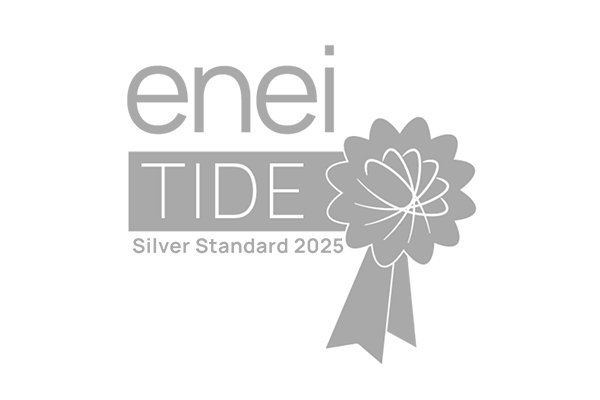
Contributors: Sarah Holmes
Date published: 3 July 2024
Transferring to DC Master Trusts: What trustees and employers need to know
The increasingly high standards that the Pensions Regulator (TPR) places on trustees in the running of defined contribution (DC) pension schemes – and its positive attitude towards master trusts and consolidation more generally – have contributed to the rise of DC master trusts. TPR’s analysis of the DC landscape reveals that 84% of DC or hybrid scheme members were within a master trust last year.
While few employers choose to provide auto-enrolment benefits to employees through setting up a private DC trust-based scheme, there remain standalone legacy DC schemes and hybrid schemes with both DC and defined benefit (DB) benefits under the same trust. For such schemes, transfer of DC benefits to a master trust may be an attractive option.
What is a DC master trust?
A DC master trust is a trust-based, multi-employer, occupational DC scheme for non-associated employers. Each employer’s section is held separately under the trust. Master trusts must be authorised by TPR and are subject to ongoing supervision.
Below, we describe the process of transferring to a DC master trust and provide guidance on the considerations that should guide the process, highlighting the potential benefits and risks for employers, trustees, and members of schemes.
Considerations for employers
For employers, the potential for a reduction in scheme running costs is a key consideration in a move to a master trust. By providing economies of scale, DC master trusts aim to improve value for money through reducing employer administration and governance costs.
However, employers should weigh up the potential costs of closing their current DC scheme (or DC section) relative to the amount they could potentially save when transferring to a master trust.
Considerations for trustees
For individual trustees, the regulatory and governance burden in respect of DC benefits has grown over recent years, and will only increase further with the introduction of TPR’s new General Code of Practice. The expectation of knowledge and understanding placed on trustees is significant.
Transferring DC benefits to a master trust, while an exercise that would be largely driven by the employer, may be appealing to lay trustees, particularly where there is a separate DB section of the scheme. Removing their duty to meet DC regulatory requirements, such as producing chair’s statements, would allow them to focus on their DB responsibilities. The professional expertise on the trustee boards of master trusts increases efficiency in meeting TPR standards.
The trade-off is a lack of control. Trustees transferring to a DC master trust relinquish all responsibility for the benefits transferred. In doing so, they must be satisfied that they are acting in the interests of members.
Considerations for members
The economies of scale which benefit employers may also benefit members, with the potential for lower charges and greater investment choices. DC master trusts are heavily scrutinised, and are subject to authorisation and supervision by TPR, which should enhance member protection. Master trust trustees are subject to the same fiduciary duties as any other pension scheme trustee, including the duty to act in the interests of members.
Member communications may improve following a transfer due to an increased focus on technological innovation, improving member engagement.
Three key steps for transfers to a DC Master Trust
1. Assess
The first step is to evaluate the different DC master trust offerings. The market has grown in recent years and employers should assess the available options and select an appropriate master trust. Thorough due diligence must be conducted, covering issues such as the cost of transfer, quality of services, investment options, charging structure, and member experience.
2. Plan
Once a master trust has been selected, the employer and trustees should agree on a comprehensive transfer plan, specifying the roles of the parties involved. At a high level, the transfer process will typically involve:
- closing an existing DC scheme (or DC section) to future contributions;
- transferring accrued DC pots to the master trust; and
- winding up the DC scheme (or DC section).
3. Seek adviser input
Professional advice is essential when considering a DC master trust transfer, to ensure statutory requirements are met and the transfer is in accordance with the scheme’s trust deed and rules. The parties may need to factor in tricky issues such as amending a scheme’s rules to facilitate a transfer, dealing with any HMRC protections, or how members of hybrid schemes might be able to use DC cash savings for pension commencement lump sums.
As the DC master trust market in the UK continues to evolve and benefit from regulatory focus, consolidation may be a key issue on trustee and employer agendas.
For advice tailored to your scheme, please contact a member of our pensions team.
This article was co-authored by Trainee Emma Brown.
Contributors:
Sarah Holmes
Associate
To find out more contact us here
Sectors: Financial Services, Investment Funds, Insurers and Pension Funds
















